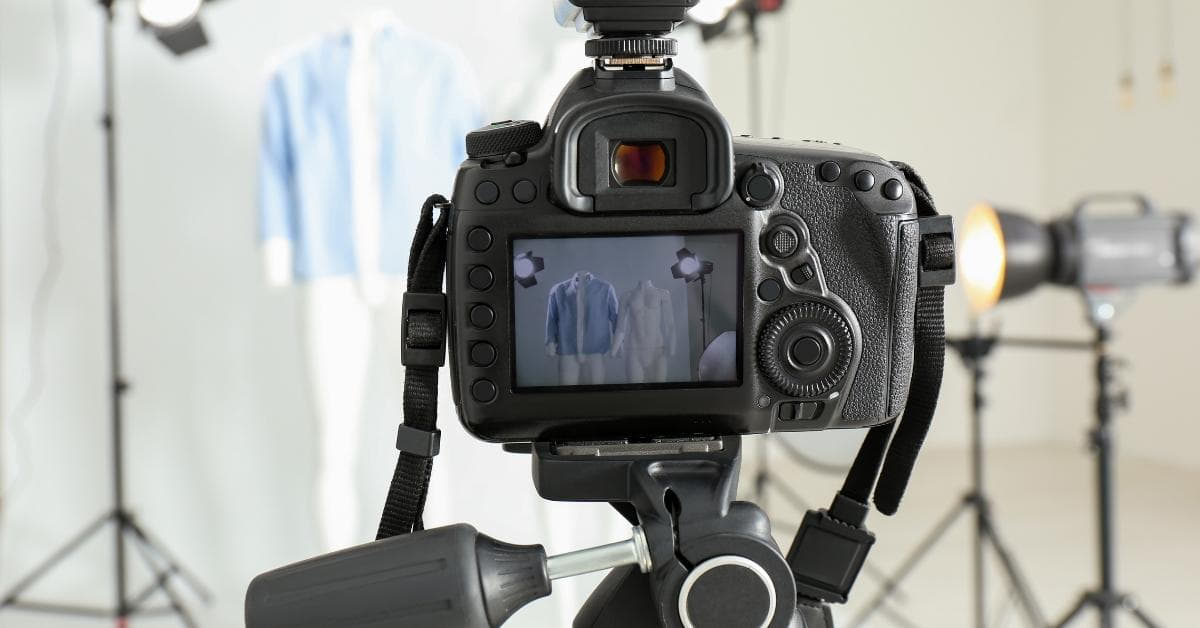In the world of fashion photography and e-commerce, ghost mannequins have become a game-changer. They allow clothing items to appear as if worn by an invisible model, giving a three-dimensional, realistic look. However, the improper use of ghost mannequins can lead to costly mistakes. In this article, we’ll explore the most common pitfalls that can jeopardize the effectiveness of ghost mannequins and provide solutions to avoid them.
Common Mistake 1: Incorrect Mannequin Placement
One of the most significant ghost mannequin mistakes is incorrectly positioning the mannequin inside the clothing item. This results in an ill-fitting, unattractive appearance. To avoid this mistake, ensure the mannequin is properly placed within the garment, so it showcases the clothing’s shape accurately.
Common Mistake 2: Poorly Lit Photography
Insufficient or uneven lighting can ruin the entire purpose of using ghost mannequins. Shadows and glares can distract customers and hide the clothing’s details. Invest in high-quality, uniform lighting to enhance the visibility and appeal of your products.
Common Mistake 3: Ignoring Retouching
Retouching plays a vital role in achieving a professional look. Failing to edit imperfections or wrinkles on the garment can make the product appear unattractive. Utilize photo editing tools to clean up the image and make the clothing look flawless.
Common Mistake 4: Overcomplicating the Composition
Sometimes, photographers tend to overcomplicate the composition with too many props or accessories. Remember that the focus should be on the clothing itself. A cluttered image can overwhelm the viewer and deter them from making a purchase. Keep the composition simple and let the clothing shine.
Common Mistake 5: Inconsistent Sizing
Inconsistent sizing labels or dimensions can confuse customers and lead to returns. Ensure that the mannequin size matches the garment size you are selling. Consistency is key when it comes to building trust with your audience.
Common Mistake 6: Neglecting Product Details
Sometimes, photographers focus too much on the clothing and forget to capture essential details like zippers, buttons, or unique design elements. Customers rely on these details for making purchasing decisions, so don’t overlook them.
FAQs
Q1: What is a ghost mannequin, and how does it work?
A1: A ghost mannequin, also known as an invisible or hollow mannequin, is a photography technique used to display clothing in a way that makes it appear as if it’s worn by an invisible model. The clothing item is placed on a mannequin, which is later edited out in post-production, leaving only the garment visible.
Q2: Can I use ghost mannequins for all types of clothing?
A2: Ghost mannequins are most effective for garments with a clear structure, such as shirts, dresses, jackets, and pants. Items like scarves or very delicate fabrics may not work well with this technique.
Q3: What equipment do I need for ghost mannequin photography?
A3: To create high-quality ghost mannequin photos, you’ll need a good camera, proper lighting equipment, a mannequin, and photo editing software. It’s essential to invest in good lighting to eliminate shadows and create even illumination.
Q4: How can I avoid spending too much on ghost mannequin photography?
A4: You can save costs by learning how to take ghost mannequin photos yourself. Additionally, consider renting equipment or hiring a professional photographer on a project basis if you have a limited budget.
Q5: What are the benefits of using ghost mannequins for e-commerce?
A5: Ghost mannequins provide a 3D, lifelike representation of your clothing, making it easier for customers to visualize how the garments will fit and look. This can boost sales and reduce returns, as customers have a clearer understanding of what they are purchasing.
Conclusion
Ghost mannequins are an invaluable tool in the world of fashion e-commerce, but using them incorrectly can lead to costly mistakes. By avoiding common errors such as incorrect mannequin placement, poor lighting, neglecting image editing & retouching, and other pitfalls, you can create compelling product images that enhance your brand’s appeal. Remember that the ultimate goal is to provide customers with a seamless shopping experience that encourages them to make confident purchasing decisions.
This page was last edited on 20 February 2024, at 4:52 pm
